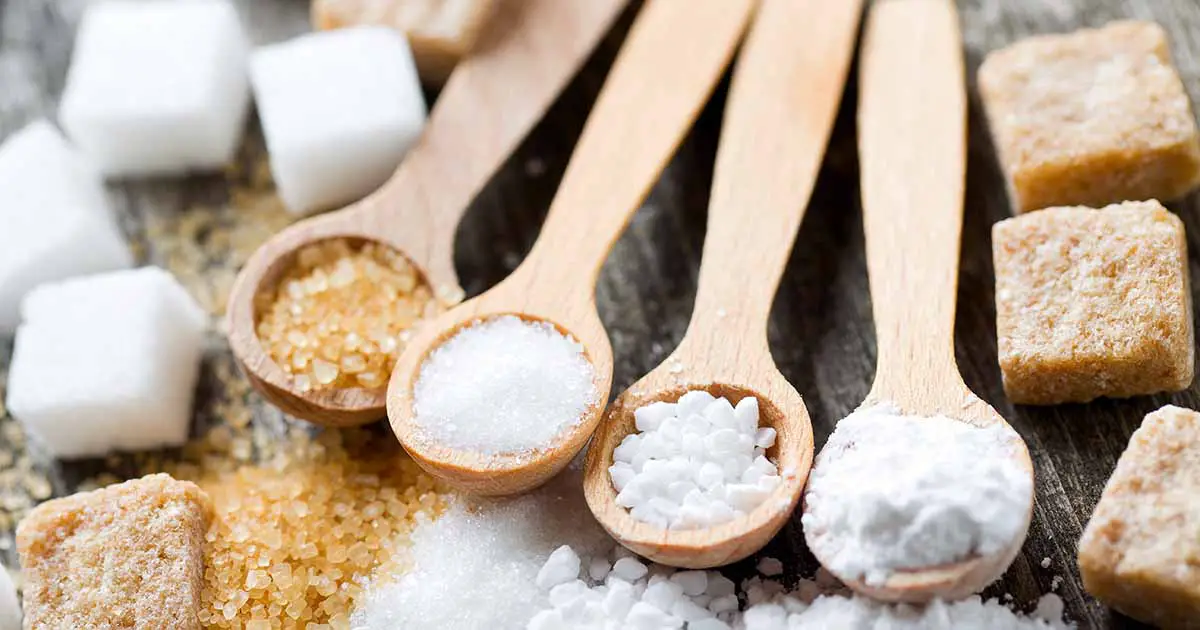Classification of fruits
Fruits can be divided into the following groups:
Tree and Stone Fruits: Include all apples, apricots, cherries, peaches, pears, plums, etc.
Citrus Fruits : Include grapefruits, lemons, limes, mandarins, oranges, etc.
Soft Fruits and Berries: Include blackberries, blackcurrants, blueberries, gooseberries, mulberries, raspberries, redcurrants, strawberries, etc.
Exotic Fruits: Include bananas, cranberries, dates, figs, grapes, guavas, kiwi fruit, lychees, mangoes, mangosteens, melons, papayas, passion fruits, pineapples, pomegranates, rambutans, and star fruits.
Cooking of Fruits
Preparing and Pureeing Fruit: Fruit purees and sauces make appetizing additions to desserts and even savory dishes. For purees and some sauces, place the fruit in a roomy saucepan over gentle heat so it cooks evenly. Stir constantly then either mash the fruit with a fork and sieve or whizz in a blender. For coulis (usually made with soft or stone fruits), the fruit can often just be mashed or blended in a food processor and then sieved before serving Other Methods of Cooking Fruits: Boiling is too fierce for delicate fruits, but gentle simmering preserves their texture. For soft and stone fruits, the fruit should simply be warmed through in the liquid. Poach fruit in a single layer so the heat can reach all the pieces evenly – use a deep frying pan rather than a saucepan.
Fruit poaches well in most liquids, from plain water to dense sugar syrup too. A standard method for poaching is to bring the liquid to a simmer then gently place the fruit in with a spoon. Reduce the heat immediately so the liquid is
barely bubbling, and cook until tender. Stewing is a similar method, often using a covered saucepan and just enough liquid to cover the fruit and keep it moist. The fierce heat from a grill or barbecue concentrates the sugars and can cause the fruit to blacken before it’s cooked through, so you’ll need to keep an eye on it – but the results can be a revelation. Thread small pieces of evenly sized fruit on to skewers to stop them falling through the barbecue rack or grill
large slices of fruit such as pineapple or mango.
Preserving Fruits
Fruit can be made into jams, jellies, pickles, and chutneys, or can be bottled whole. The most suitable method of preserving depends on the type of fruit and its quality and ripeness. Under-ripe fruit is fine for chutneys, jams and jellies but
over-ripe fruit is only good for making chutney and shouldn’t be used for making jam.
Drying is also a delicious way of preserving fruits and intensifies their flavours and most fruits can be dried effectively.






